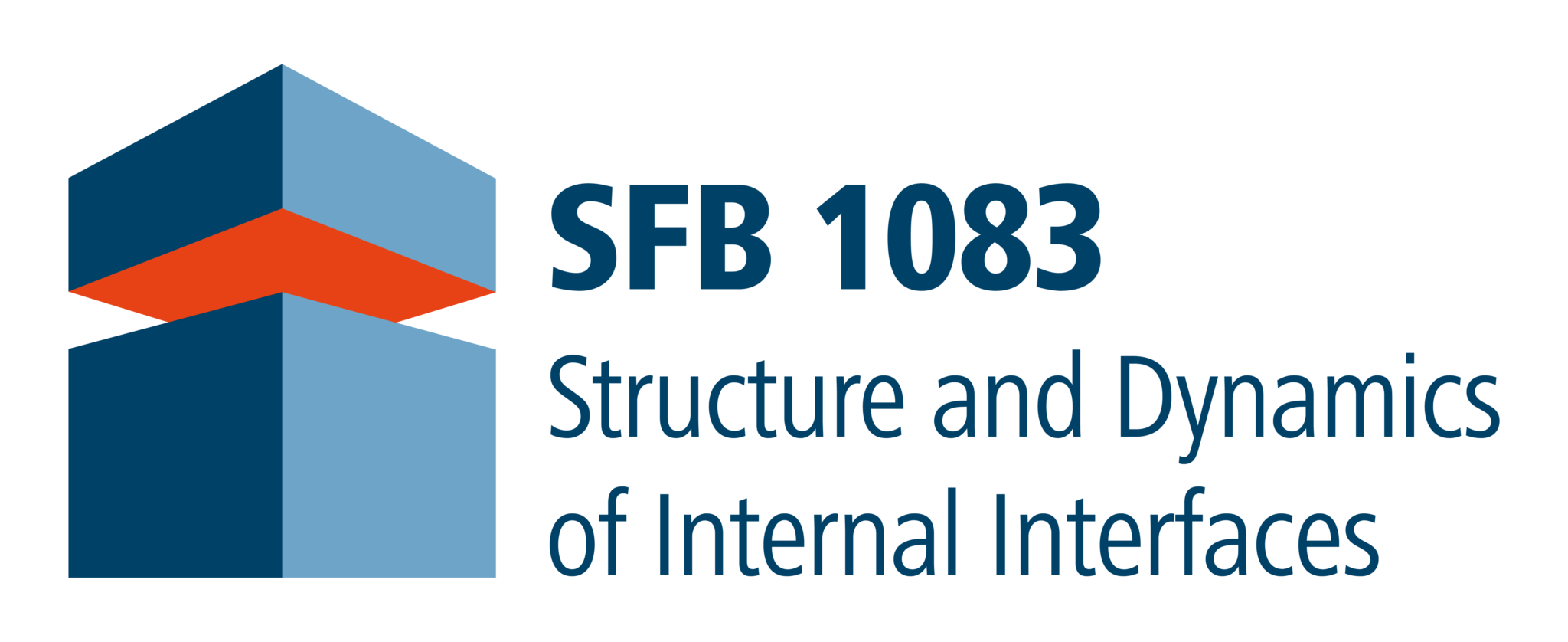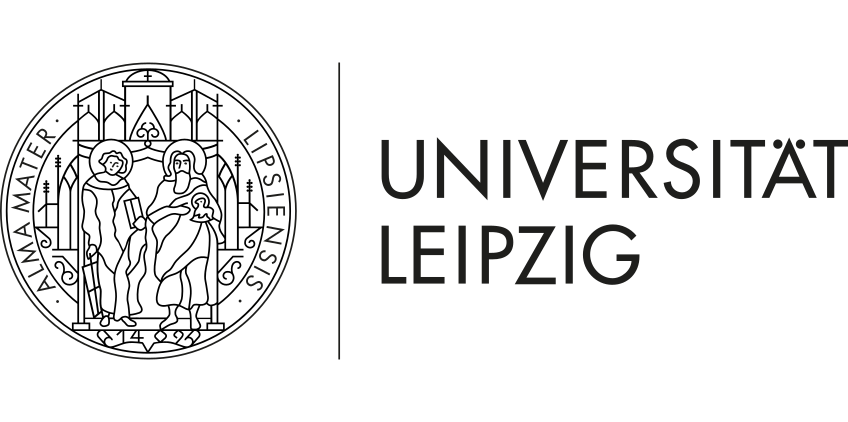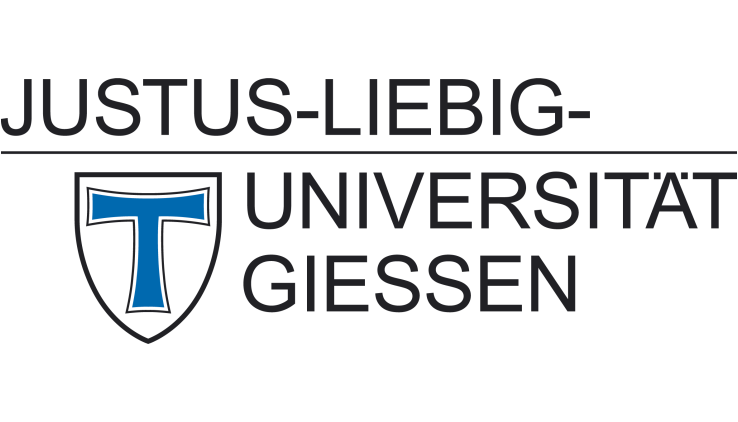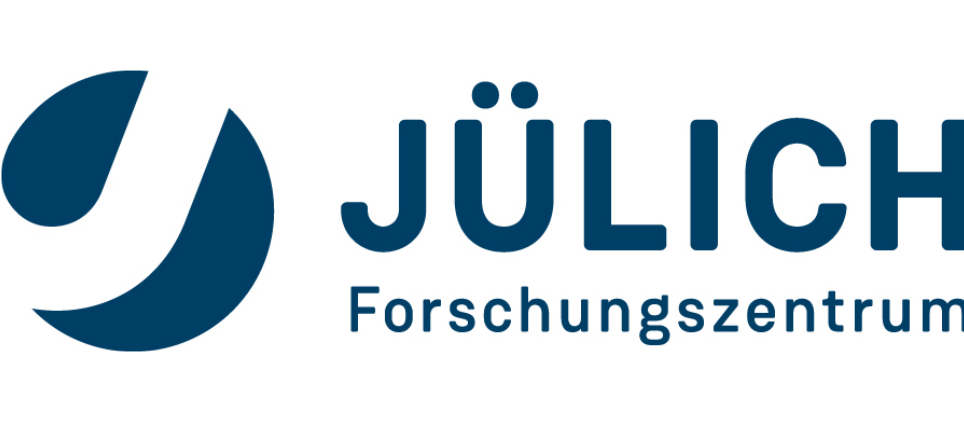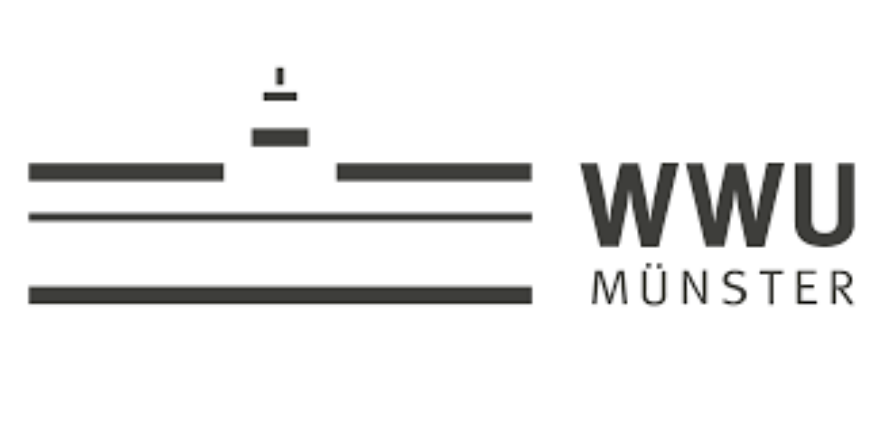Bismuth(III)iodide as a 2D Material for Hybrid Compounds
Summary
This project aims to establish BiI3 as a 2D material and to synthesize hybrid compounds composed of organic species and BiI3 layers in order to generate an organic-inorganic interface. To achieve this, we choose two approaches.
In the first, we want to understand the surface properties of bulk BiI3 single crystals, develop exfoliation techniques towards two-dimensional BiI3 sheets, investigate their properties and test whether organic species can be deposited on the exposed BiI3 layers. This will be conducted in close collaboration with projects A2 (Witte) and A4 (Gottfried/Schmid) for microstructural and surface characterization, B3 (M Koch) for optical properties and B6 (Höfer/Wallauer) to establish the electronic structure of the resulting materials.
In the second approach, we will synthesize and subsequently characterize BiI3-intercalation compounds using different intercalating agents such as halogen bond donors and amines. We aim to explore several methods for intercalation, from single-crystal-to-single-crystal transformation to direct synthesis. We will characterize the obtained materials using single crystal and powder diffraction techniques and establish their basic properties. For selected compounds, we will investigate the newly generated organic-inorganic interface in collaboration with projects B2 (Chatterjee) for optical properties and charge transfer phenomena and A2 (Witte) and A4 (Gottfried/Schmid) to verify the microstructural integrity of the material. Once we have gained a good understanding of the intercalation process, we will collaborate with project A8 (Koert/Dürr) to synthesize modified intercalation agents, develop new organic-inorganic interfaces and understand the trends and principles governing these materials.
We will also explore the intercalation chemistry of well-known 2D materials such as MoS2 to generate reference materials for our BiI3 based compounds. Additionally, we will test whether our intercalation compounds can be used to aid in the exfoliation processes used in the first part of our project.
Project-related publications
- B. Wagner, A. Huttner, D. Bischof, A. Engel, G. Witte, J. Heine
Chemical Surface Reactivity and Morphological Changes of Bismuth Triiodide (BiI3) under Different Environmental Conditions
Langmuir 36, 6458 (2020). - N. Heidary, A. Beyer, K. Volz, J. Heine
Towards the liquid phase exfoliation of bismuth iodide
Dalton Trans. 46, 8359 (2017). - B. Wagner, J. Heine
(15-crown-5) BiI3 as a Building Block for Halogen Bonded Supramolecular Aggregates
Z. anorg. allg. Chem. (2020, inpress), DOI: 10.1002/zaac.202000422. - N. Dehnhardt, H. Paneth, N. Hecht, J. Heine
Multinary Halogenido Bismuthates Beyond the Double Perovskite Motif
Inorg. Chem. 59, 3394 (2020). - N. Dehnhardt, M. Axt, J. Zimmermann, M. Yang, G. Mette, J. Heine
Band Gap-Tunable, Chiral Hybrid Metal Halides Displaying Second-Harmonic Generation
Chem. Mater. 32, 4801 (2020).


Dr. Johanna HEINE
Former Contributors
Samuel K. Bayliff, DAAD Rise Guest
Dr. Natalie Dehnhardt
Hayden Paneth, Union College Fellow
Dr. Bettina Wagner
